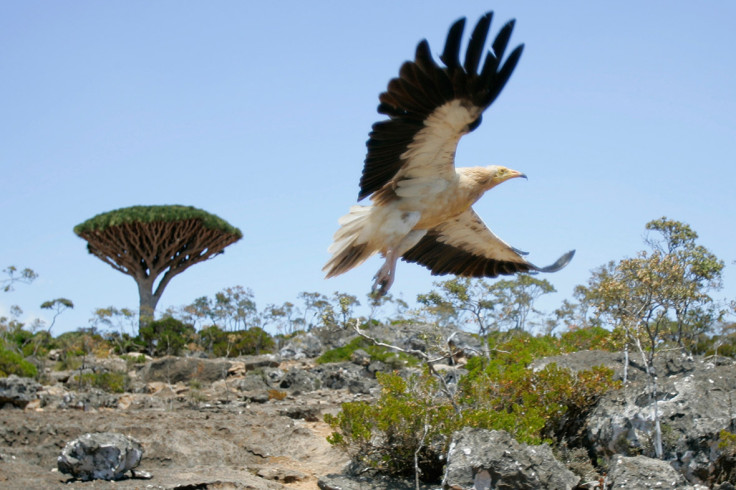Species Extinction Rates 1,000 Times Higher Than in Pre-Human Period, Says Study

Species extinctions are about 1,000 times more frequent now than in the 60 million years before humans came along.
From 0.1 extinctions per million species per year in the pre-human era to 100 extinctions per million per year now, the human impact is clear and deadly, going by a new study that looked at normal background extinction rates.
The newest estimate of species extinction is that the pre-human rate was 10 times lower than scientists had thought, which means that the current level is 10 times worse, say lead author Jurriaan de Vos, a Brown University postdoctoral researcher, senior author Stuart Pimm, a Duke University professor and their team.
The study published in Conservation Biology focuses on orders of magnitude instead of precise figures.
According to the Brown University press release, the authors decided to go beyond fossil records which only allow identification of the animal or plant's genus and not the exact species.
The team looked at evolutionary family trees or phylogenies, constructed by studying DNA, tracing how groups of species have diversified over time, adding new genetic lineages and losing unsuccessful ones.
At any particular time the total number of species is not declining but constant or increasing. But they are diversifying exponentially as the newest species have not yet gone extinct.
By comparing the rise of the number of species with the historical trend present in the phylogenies, the team created a model of what the historical extinction rate (without human presence) must have been.
A recent paper in Science by Pimm and Lucas Joppa from Microsoft Research had connected the extinctions to human population growth and resources consumption.
© Copyright IBTimes 2025. All rights reserved.





















